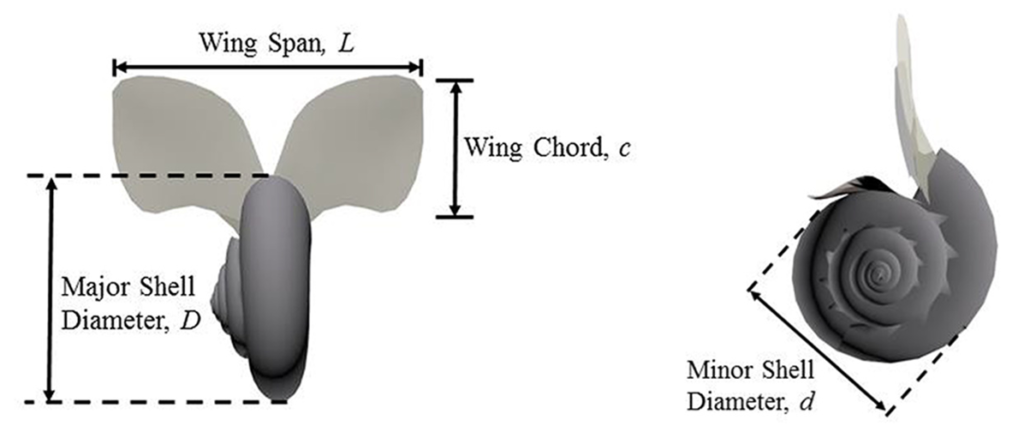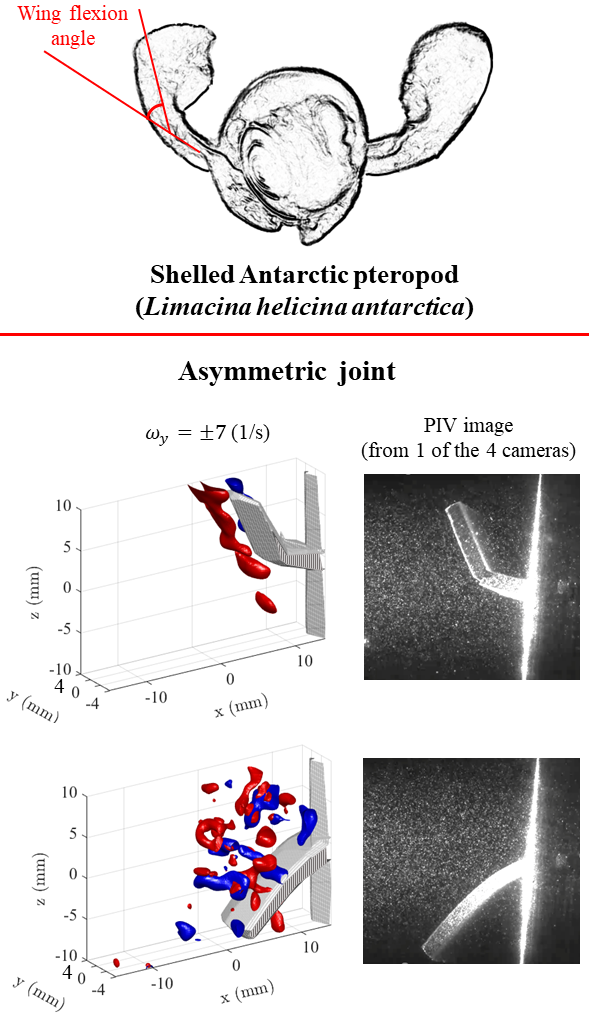.01
ABOUT
PERSONAL DETAILS
Welcome to my personal and academic website! Thank you for visiting.
BIO
ABOUT ME
Welcome to my corner of scientific exploration! I am a Research Faculty in the Environmental Fluid Mechanics Laboratory at the School of Civil & Environmental Engineering, Georgia Institute of Technology (GT personal webpage).
My academic journey has been a thrilling pursuit of expertise. It all began with my undergraduate degree in Mechanical Engineering from the University of Tehran in 2008. Building upon this strong foundation, I earned an M.Sc. in Automotive Engineering from the Iran University of Science and Technology in 2010. During this period, I gained valuable industry experience working at esteemed companies such as Mapna Co.
Fueled by my unwavering passion for academic pursuits, I earned an M.Sc. in Energy for Sustainability at the University of Coimbra in Portugal—an exceptional joint program with MIT—in 2012. This transformative experience broadened my horizons and ignited my interest in cutting-edge research at the forefront of the field.
In the fall of 2014, I embarked on a remarkable Ph.D. journey at the George W. Woodruff School of Mechanical Engineering, Georgia Institute of Technology. Under the expert guidance of Professor Devesh Ranjan, I immersed myself in the captivating realm of Fluid Mechanics. My research delved deep into understanding the effects of initial conditions, Mach number, and Atwood number on the turbulent mixing transition of shock-driven variable-density flow. I contributed significantly to the field through a powerful blend of experimental measurements and computational modeling.
With the successful defense of my Ph.D. in March 2019, I eagerly embraced a postdoctoral position and later a research faculty position at the Georgia Institute of Technology, working with Professor Donald Webster. I am actively involved in various captivating projects exploring the fascinating domains of biological fluid dynamics, turbulence, and environmental fluid mechanics. By combining rigorous practical experimentation, cutting-edge theoretical insights, and advanced computational analysis, I am trying to consistently expand my knowledge and push the boundaries of the field of fluid mechanics.
RESEARCH
INTERESTS
- Experimental Fluid Mechanics
- Hydrodynamic Instability
- Turbulence
- Biofluids
- Ocean Renewable Energy




